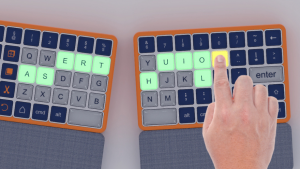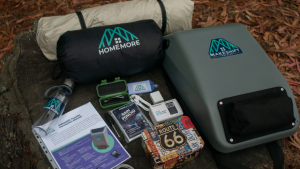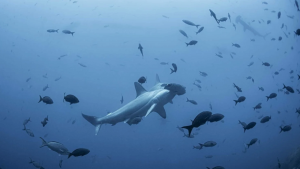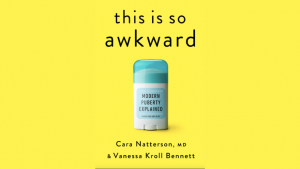
Under the one-cow-one-family or Girinika programme, the government gifted survivors of the Rwandan genocide with cows. The intention of the donation was to reduce malnutrition in children, assist the survivors (especially women) to make an income from milk production, and perhaps grow that one cow into a heard, the manure of which could be used to assist small-scale crop farming.
To date, more than 200 000 families have received a cow and the government intends to reach 350 000 Rwandan families by 2017. While this initiative is good, Chantal Butare noticed that some of the dairy farmers under the Girinka programme were struggling to sell their milk to the consumer.
So, Butare, who is currently a student at the University of Rwanda, founded Kinazi Dairy Cooperative (KIDACO). Butare realised that the cow alone wasn’t enough, but that market access would be impactful for rural community members, especially women, who live in poverty.
KIDACO deploys collectors to buy milk from the rural women farmers. KIDACO then packages and sells the milk for cattle owners in the community who have received cows in a government program but have no market access due to their location.
The cooperative also offers basic training for employees, widening their skill set. So far KIDACO collects milk from 3,250 farmers through 10 milk collectors.
Butare is a finalist in the Anzisha prize, which awards young entrepreneurs who have developed and implemented innovative solutions to social challenges in their communities.
Getting milk to the market is a big drive that young Rwandans are currently endorsing. Entrepreneurs at the kLab, one of Rwanda’s first technology hubs, have developed Gumaho, an app that will help farmers grow their milk production.
The app is both mobile and web–based and is used for milk collection and distribution. The added benefits of Gumaho, over and above Butare’s KIDACO initiative, is that farmers can use the app to call a milk collector and trace the distribution of their milk through SMS. Through Gumaho, farmers can book a vet to see their heifer and get an advance on their payments.




